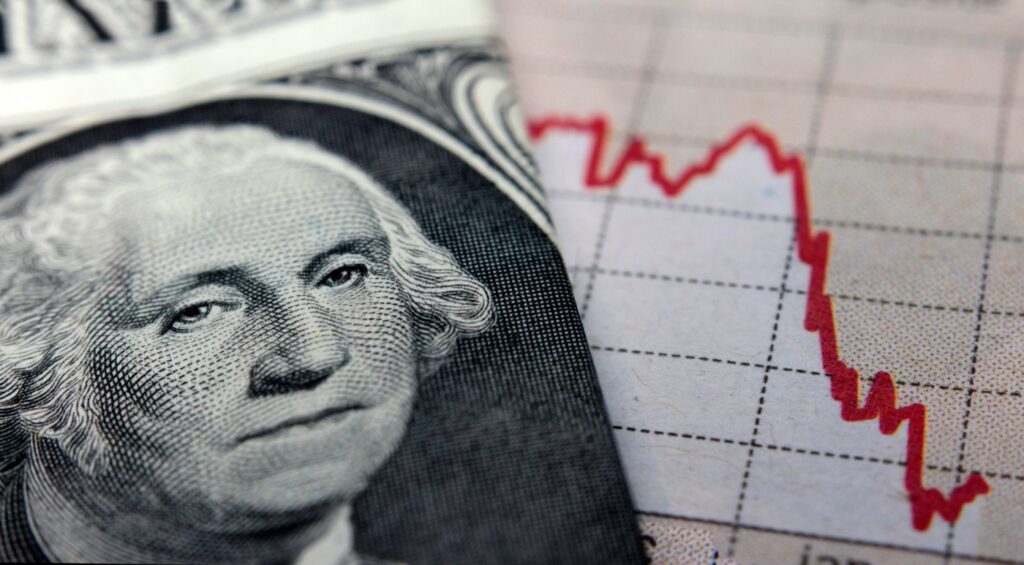
The U.S. and California economies are headed into a recession later this year, according to Chapman University’s 2023 Economic Update Forecast, delivered June 23 by President Emeritus Jim Doti.
There are four factors causing the slump.
First, despite strong jobs growth of 339,000 nationally in May, it’s slowing compared to a year ago.
“It’s going to continue slowing the rest of the year,” he said. One silver lining is that job growth is at least expected to continue, rather an go negative.
Second, a key measure of money, M2, which basically is checking accounts, is dropping fast.
“The Federal Reserve played the white knight and came to the rescue,” during the COVID doldrums of 2020, he said.
M2 zoomed up 15%, adjusted for inflation, from 2020-22. But the past year, it has dropped 9.5%.
Both the up and down spikes were something the United States hasn’t seen in generations.
“We’ve had nothing like that since World War II,” said Doti.
The record rise in the money supply contributed to inflation peaking at 9.1% a year ago.
Inflation since has dropped to 4% last month.
The drop occurred as the Fed has boosted interest rates from zero to 5.25% over the past year.
That has crimped lending for homes, cars, etc., which in turn contributed to a slowdown in sales.
The third factor is declining housing starts. Whether or not homes are being constructed can be a key measure of the health of the economy.
By the end of the year, the country will see 1.2 million starts, compared to 1.7 million in 2022, according to Doti.
For perspective, the 1.2 million housing starts is still more than double what it was at the nadir of the Great Recession over a decade ago.
Even so, a decline is a decline.
The fourth factor cited by Doti is a technical change called a “negative interest rate spread,” meaning the 10-year Treasury bond is less than the Federal Funds rate.
Also lurking in the background are factors like the excess savings that Americans put away during the COVID pandemic. According to Doti, Americans had $3 trillion in excess savings by the end of 2021. Those excess savings have since dwindled to $1 trillion by last measure and are expected to be spent by the third quarter of this year.
Related Articles
Virtue signaling with right to housing proposal could backfire on California
Gov. Newsom is wrong to secretively gut California’s much-needed police reform law
Susan Shelley: The Hunter Biden investigation was the cover-up
Donald Trump brought his legal problems on himself
California targets private, pro-life clinics
In sum, the economy will dip into negative territory in the third quarter this year, with real GDP down as much as 5% from the previous year, before heading back upward.
For California, Doti expects jobs growth to decline sharply from 2022’s robust 5.6% to just 1.3% for 2023. But he also warned of something new: Based on IRS data, those making $200,000 or more are leaving at such a high rate that adjusted gross income for the state has dropped $20 billion since 2018.
Higher-income Californians are taking their money with them: $5.6 billion to Texas, $4.4 billion to Nevada and $3.5 billion to Florida — all with no state income tax, compared to this state’s top 13.3% rate.
As the recession digs in, now is the time to reform the state’s tax system so it doesn’t drive away its major producers and job creators. Now is the time for governments to show fiscal restraint and discipline in negotiations with government unions. And now is the time for elected officials to think long-term, not just until the next election.
